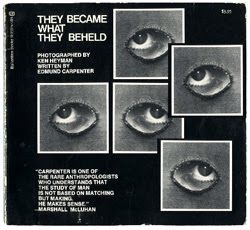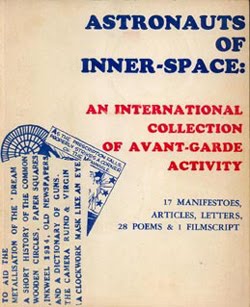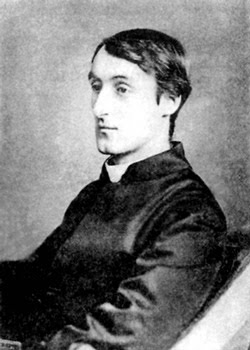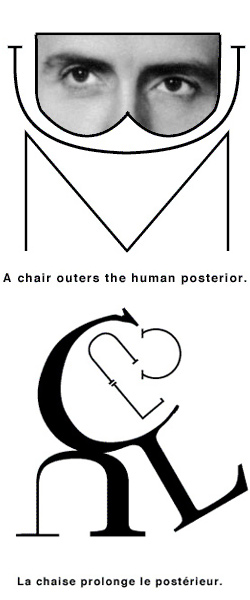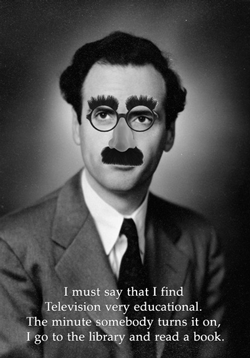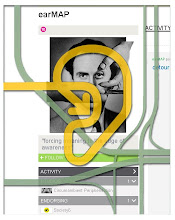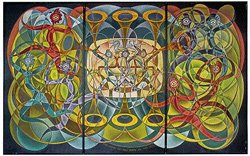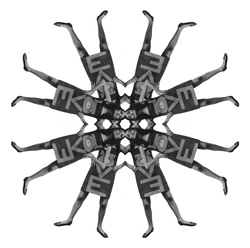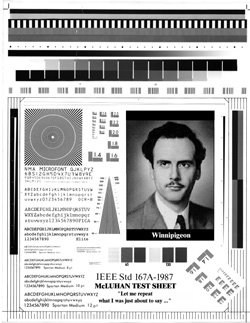
the Apple computer "as extension and prosthetic, relates a sense at once of loss and plenitude-the more it keeps you in touch, the less you feel. A sense of amputation and the numbness produced by amputation are the necessary costs of this experience of unity."
Arthur Kroker :
It was a source of great anxiety to McLuhan that electronic technologies, with their abrupt reversal of the structural laws of social and non-social evolution, had (without human consent or even social awareness) precipitated a new, almost autonomous, technical imperative in human experience. In Counter Blast, McLuhan had this to say of the new technological imperative:
Throughout previous evolution, we have protected the central nervous system by outering this or that physical organ in tools, housing, clothing, cities. But each outering of individual organs was also an acceleration and intensification of the general environment until the central nervous system did a flip. We turned turtle. The shell went inside, the organs outside. Turtles with soft shells become vicious. That's our present state.
A society of "vicious turtles" is also one in which technology works its "biological effects" in the language of stress. For McLuhan, the advent of electronic technology creates a collective sense of deep distress, precisely because this "outering" of the central nervous system induces an unprecedented level of stress on the individual organism. The "technological massage" reworks human biology and the social psyche at a deep, subliminal level. Having grasped the essential connection between technology and stress, it was not surprising that so much of McLuhan's discourse on technology was influenced by Hans Selye's pioneering work in the field of stress. Indeed, McLuhan adopted directly from Selye's research a medical understanding of the relationship between stress and numbness. A central theme in McLuhan's reflection on bio-technology was Selye's original theorisation that under conditions of deep stress, the organism anesthetizes the area effected, making the shock felt in peripheral regions. And McLuhan always insisted that the age of electric circuity is a time of HIGH STRESS.
When an organ goes out (ablation) it goes numb. The central nervous system has gone numb (for survival). We enter the age of the unconscious with electronics, and consciousness shifts to the physical organs, even in the body politic. There is a great stepping up of physical awareness and a big drop in mental awareness when the central nervous system goes outward.75
Or again, and this in Counter Blast, although the same theme is also at the very beginning of Understanding Media:
The one area which is numb and unconscious is the area which receives the impact. Thus there is an exact parallel with ablation in experimental medicine but in medical ablation, observation is properly directed not to the numb area, but to all the other organs as they are affected by the numbing or ablation of the single organ.
It was McLuhan's overall project (his semiology) to probe the numbing of human perception by the technological innovations of the electronic age. In much the same way that McLuhan said of the movement from speech to writing that it illuminated the "high, dim Sierras of speech", McLuhan's "medical" understanding of technology lit up the darkness surrounding the invisible environment of the forms (rhetoric) of technology. All of McLuhan's writings are, in fact a highly original effort at casting iron filings across the invisible "field" of electronic technologies in an effort to highlight their tacit assumptions. McLuhan's intention was to break the seduction effect of technology, to disturb the hypnotic spell cast by the dynamism of the technological imperative. And thus, while he was in the habit of saying, about the "inclusive" circuitry of the electronic age, that it was composed of "code, language, mechanical medium - all (having) magical properties which transform, transfigure," he was also accustomed to note that, on the down-side of the "new age", its participants were daily "x-rayed by television images."
McLuhan could be so ambivalent on the legacy of the technological experience because, following Hans Selye and Adolphe Jonas, he viewed technological media as simultaneously extensions and auto-amputations of the sensory organs. The paradoxical character of technological media as both amplifications and cancellations was, of course, one basic theme of Understanding Media.
While it was no part of the intention of Jonas and Selye to provide an explanation of human invention and technology, they have given us a theory of disease (discomfort) that goes far to explain why man is impelled to extend various parts of his body by a kind of autoamputation.

It was McLuhan's special insight though, to recognize the deep relationship between the history of technological innovation and the theory of disease. McLuhan's historical account of the evolution of technological media was structured around a (medical) account of technological innovation as "counter-irritants" to the "stress of acceleration of pace and increase of load." Just as the body (in Hans Selye's terms) resorts to an auto-amputative strategy when "the perceptual power cannot locate or avoid the cause of irritation," so too (in McLuhan's terms) in the stress of super-stimulation, "the central nervous system acts to protect itself by a strategy of amputation or isolation of the offending organ, sense, or function." Technology is a "counter-irritant" which aids in the "equilibrium of the physical organs which protect the central nervous system." Thus, the wheel (as an extension of the foot) is a counterirritant against the sudden pressure of "new burdens resulting from the acceleration of exchange by written and monetary media;" "movies and TV complete the cycle of mechanization of the human sensorium;" and computers are ablations or outerings of the human brain itself. Now, it was McLuhan's thesis that the motive-force for technological innovation was always defensive and biological: the protection of the central nervous system against sudden changes in the "stimulus" of the external environment. Indeed, McLuhan often noted that "the function of the body" was the maintenance of an equilibrium among the media of our sensory organs. And consequently, the electronic age is all the more dangerous, and, in fact, suicidal when "in a desperate... autoamputation, as if the central nervous system could no longer depend on the physical organs to be protective buffers against the slings and arrows of outrageous mechanism," the central nervous system itself is outered in the form of electric circuitry. McLuhan inquires, again and again, what is to be the human fate now that with the "extension of consciousness" we have put "one's nerves outside, and one's physical organs inside the nervous system, or brain." For McLuhan, the modern century is typified by an information order which plays our nerves in public: a situation, in his estimation, of "dread".
It was in an equally desperate gamble at increasing popular awareness of the "flip" done to us by the age of electric circuitry that McLuhan undertook an essentially medical survey of technological society. McLuhan's "classification of symptoms" took the form of an elaborate and historical description of the evolution of technology from the "mechanical" extensions of man (wheels, tools, printing) to the mythic, inclusive technologies of the electric age (television, movies, computers, telephone, phonograph). His "diagnosis" was that the crisis induced by technological society had much to do with the "closures" (numbing) effected among the sense ratios by new technical inventions. McLuhan was explicit about the technological origins of the modern stress syndrome: "the outering or extension of our bodies and senses in a new invention compels the whole of our bodies and senses to shift into new positions in order to maintain equilibrium." A new "closure" is occasioned in our sensory organs and faculties, both private and public, by new technical extension of man. And McLuhan's "therapeutic": the deployment of the "creative imagination" as a new way of seeing technology, and of responding, mythically and in depth, to the challenges of the age of electric circuitry. For McLuhan, the stress syndrome associated with the coming-to-be of the technostructure could only be met with the assistance of educated perspective. If it is the human fate to live within its (own) central nervous system in the form of the electronic simulation of consciousness, then it is also the human challenge to respond creatively to the "dread" and "anxiety" of the modern age. We may be the servomechanisms, the body bits, of a technical apparatus which substitutes a language of codes, of processed information, for "natural" experience, but this is a human experience which is double-edged. Without the education of perspective or, for that matter, in the absence of a "multidimensional perspective" on technique, it will surely be the human destiny to be imprinted by the structural imperatives, the silent grammar, of the new world information order. But it was also McLuhan's hope, occasioned by his faith in the universality of reason that the electronic age could be transformed in the direction of creative freedom. After all, it was his over-arching thesis that the era of electric circuitry represented a great break-point in human experience: the end of "visual, uniform culture" based on mechanical technologies, and the ushering in of a popular culture of the "new man". which would be fully tribal and organic. In all his texts, but particularly in The Medium is the Massage, McLuhan insisted on teasing out the emancipatory tendencies in new technologies. Against the blandishments of an "official culture" to impose old meanings on novel technologies, McLuhan sympathized with "anti-social perspectives": the creative perspectives of the artist, the poet, and even the young, who respond with "untaught delight to the poetry, and the beauty of the new technological environment."89 In his intellectual commitment to the development of a new perspective on technology, McLuhan was, of course, only following Joyce in his willingness to respond to the technological environment with a sense of its "creative process." "He (Joyce) saw that the wake of human progress can disappear again into the night of sacral or auditory man. The Finn cycle of tribal institutions can return in the electric age, but if again, then let's make it awake or awake or both."90 Anyway in McLuhan's world, in a society which has sound as its environment, we have no choice. "We simply are not equipped with earlids."
Digital Humanism: The Processed World of Marshall McLuhan














![et cetera : LOVE [1977]](https://blogger.googleusercontent.com/img/b/R29vZ2xl/AVvXsEgQ8s7vwLQuzHDNgqlfBacxRkEbOErToak9kmgFl0VmyIYEqS9qIzNIVcXKpzTncPhqo3TSgOyztAguIW6OlXw65aFHmpx6cRzmvCUQQMTwUGUOd0iE0GbJakEc3g3kBAJrvlZP4z3eesg/s1600/etc1977.jpg)









![MAC LUHAN [sic] : LOST IN TRANSLATION](https://blogger.googleusercontent.com/img/b/R29vZ2xl/AVvXsEg92tMqBMDA917NDivsS2ZwIirx9KTf24tOCgFFnK65p7Hw5dvqEh1e2aefCynj2UW8u-k8zwBXbjgypsCXUcv-5G7ZCsyDB13giHEjmhVISAeW-oI_JV6ePOXW_XBDPwy2nREAoqRU7Z8/s1600/MAC.jpg)






















![Les Yeux De Nadja [unpublished]](https://blogger.googleusercontent.com/img/b/R29vZ2xl/AVvXsEgrXohpIuxxYyjKoqBSQf3TpYGjnttZnjRFvmMdshadfnVKi7PMAjIqEuqYctZFXOFH2n-oH75oJx-YkaON7xvaZgVdvaK0zfSOurEmCKqmWF6qXh2F3VbqyixfGhvY4qH6LENMTs1wCIw/s1600/2xsurreal.jpg)
















![PIED PIPERS [MARSH] ALL](https://blogger.googleusercontent.com/img/b/R29vZ2xl/AVvXsEhqvGIGG9lWZYhFZRVc_V8EJG2apQBsys4kNQOQsA0EV6H6Tg-SMN0sX15NXy_GzsF3xAUdcb2QlfvJk-RU-Rha-3Eu5Mnglkf5KLe6pccVqAP4VR_Gi4fGQ716QSmDe3Zna5Uwct5d2sw/s1600/piedPiperMarshALL270.png)






























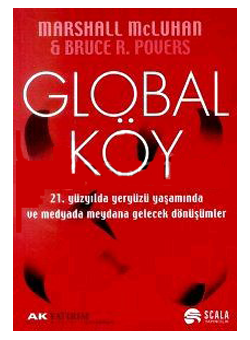




























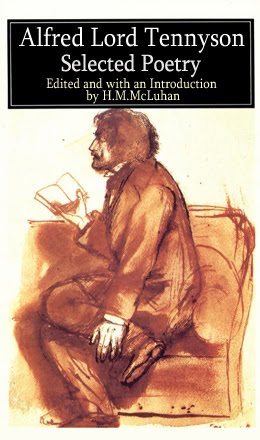

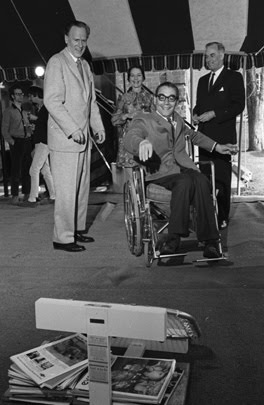




![PICNIC IN SPACE : The Great Minds of Our Time Film Series [1973]](https://blogger.googleusercontent.com/img/b/R29vZ2xl/AVvXsEjyov75DRIUBWcYLkzPYmupFy8CQ9dQ4Q798zDIN6jPNsSdBB_WuOcvPl4WjMAz10csG071oCO3BCUtIcKyHoIkCN0lCy0OxGCV_HrLXrGNKRpUiKMrqzkJh4LSc7jT_KrrqmClapSlVa8/s1600-r/PicnicInSpace.jpg)


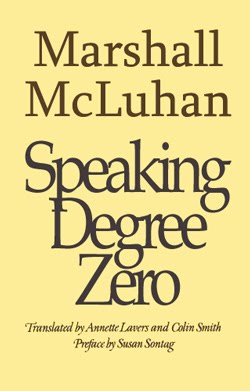






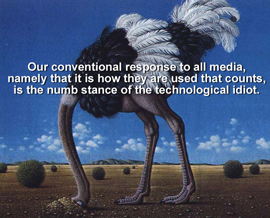


















![more Hidden ground [re:Bride] : the "flippancy" of tone seemed just "right"](https://blogger.googleusercontent.com/img/b/R29vZ2xl/AVvXsEg-hQyF9KGGhKYc73nUGmV1bStJ4fTJVh0-TL1ZtikLZEv5ppjhB3DOhFcVuzGq-kByrwtTAWgCcE173pA3UTIPe7h6xJjsPt7lRvNym007ZsdXenMDLNimKcwtaTOqkGleoxmXOeCKtxXL/s1600-r/LEAVISLEWIS.png)
















![BABA WAWA [TODAY SHOW, Toronto City Hall 1970]](https://blogger.googleusercontent.com/img/b/R29vZ2xl/AVvXsEjTZAIFkA07K36WGk951vmZnLPU99fOdNzlvVhyphenhyphenhKZEKu2n2AW5EA1CDZGaTk0aYRXUv7IOXG39igaikoE6SWm8j7QIG96wYRE54oBXwvlaNCJzp15vdkrcqR97IMMny-8sHjM-VDotTOaY/s1600-r/babaWawa.jpg)

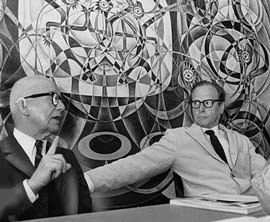

![enter the dragon : "typhon in america" [unpublished]](https://blogger.googleusercontent.com/img/b/R29vZ2xl/AVvXsEjdCnZdJ6JbaLc6hyUmUJo5UJ0m8WZSj_afYU9oRlHKIUgAIfcy2EPHNAptSRYEAmpOf0Xaa0B8iMgOTF302lY0Xmbyne0hvrdRyNo-t0Q-PPdzqX39uI3T5x5FppRPaQf9sSaXytrOpWVN/s1600-r/TIA.jpg)




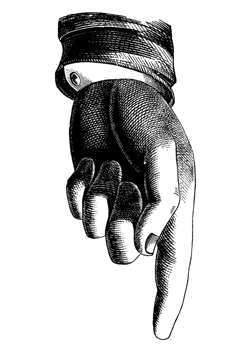






















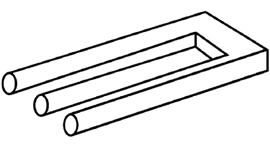









![Take Today [1972] : "the consumer becomes a producer..."](https://blogger.googleusercontent.com/img/b/R29vZ2xl/AVvXsEhA53bdVdTaXdQo1fDmrsI8oiAwF-3jampcanOq8uk3QMh8_ImkNsTiKd4-RnZY8Vbwqh1fymJiyCl1CSLcSonXHQM6XbnJYQi_Vu89gbAV4jVq73EtlbM3w6CthyphenhyphenV_pHEjE6eu_VhC489u/s1600-r/PROSUMER.jpg)








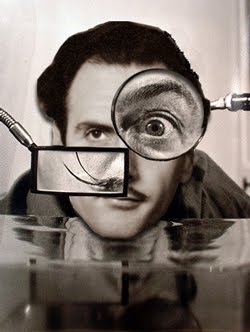















































































![" Outtragedy of poetscalds!, Acomedy of letters " [ FW 425.24]](https://blogger.googleusercontent.com/img/b/R29vZ2xl/AVvXsEhJMrJLN3oPUb25A2tjQtWZcZxA4wZB0IOvaIAvxosAUqlFc258HHvzvlnHHvKhKq7hG3epo76izY2Bu0HC3Cy-8S46Rf0Wni3L8j8jEfpT7sXK3UFlXBMtN2v2JdrmdxvWk8VWKjkhN4-9/s1600-r/preplexLP.png)











![mars[HAL]9000 : " Tomorrow is our permanent address."](https://blogger.googleusercontent.com/img/b/R29vZ2xl/AVvXsEhmblupqmUiuV3GbyayJiDRGEO63TEgwjHi-i8b0kVYDvXrKFWTCyl-e21la4QJXC4nDFDzx51Omi6fYPLJcqRHFoP6zSsL0CVZF98eMf6mxCE2WDfvMmT4q9G3X45-P0IYGDmliE0fCR3C/s1600-r/marsHAL9000_250.jpg)












































































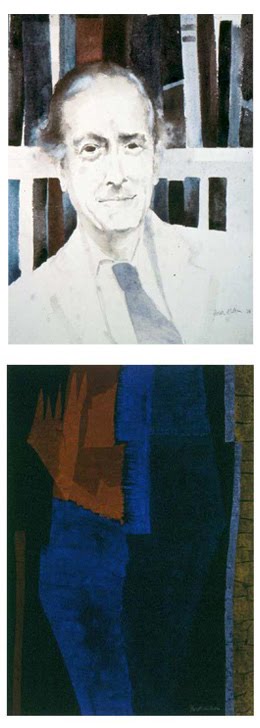















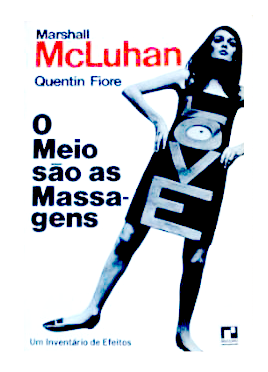





































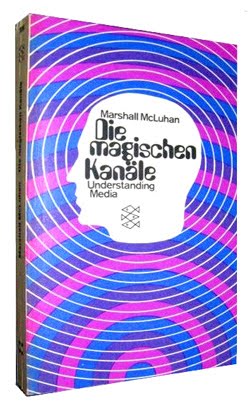
























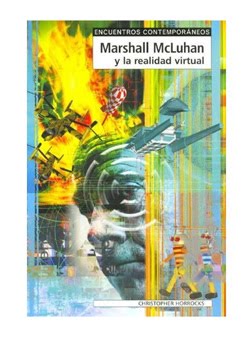




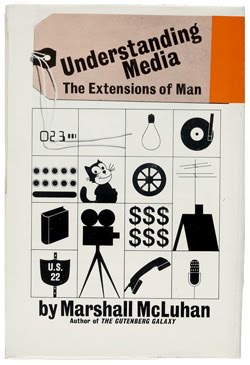





























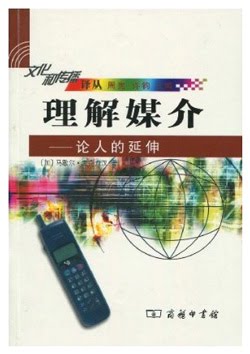




















![Lucifer [from Latin] <br>meaning "light-bearer"](https://blogger.googleusercontent.com/img/b/R29vZ2xl/AVvXsEhq-2kZZOfh-Syv1Ewa0Ns2O6ZeP59pcsJp9ihhKcXCaovYZO_cKxffC5iSKOXFHr6E1jiHc6zedt1U6I95831RgpVdm3qk8-9C3y1yPyrCiQe4jgx-DsbeHnjKnw9t6Qx3ZM5TSYxiPj5H/s1600-r/lucifer.png)













